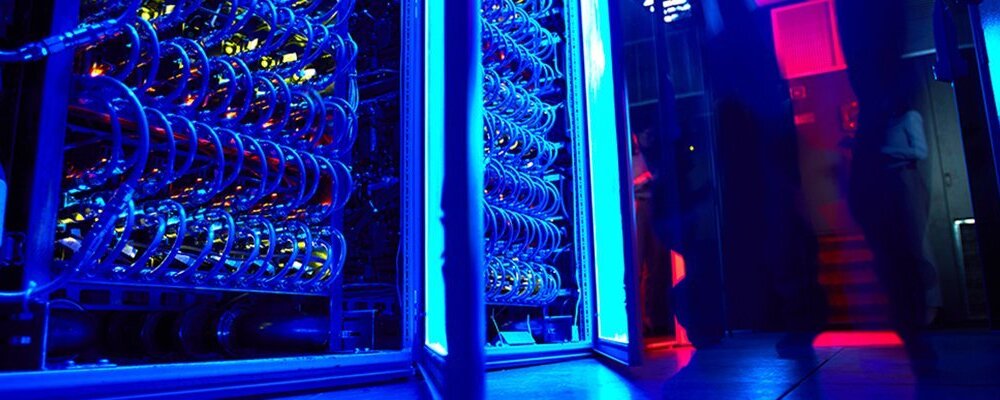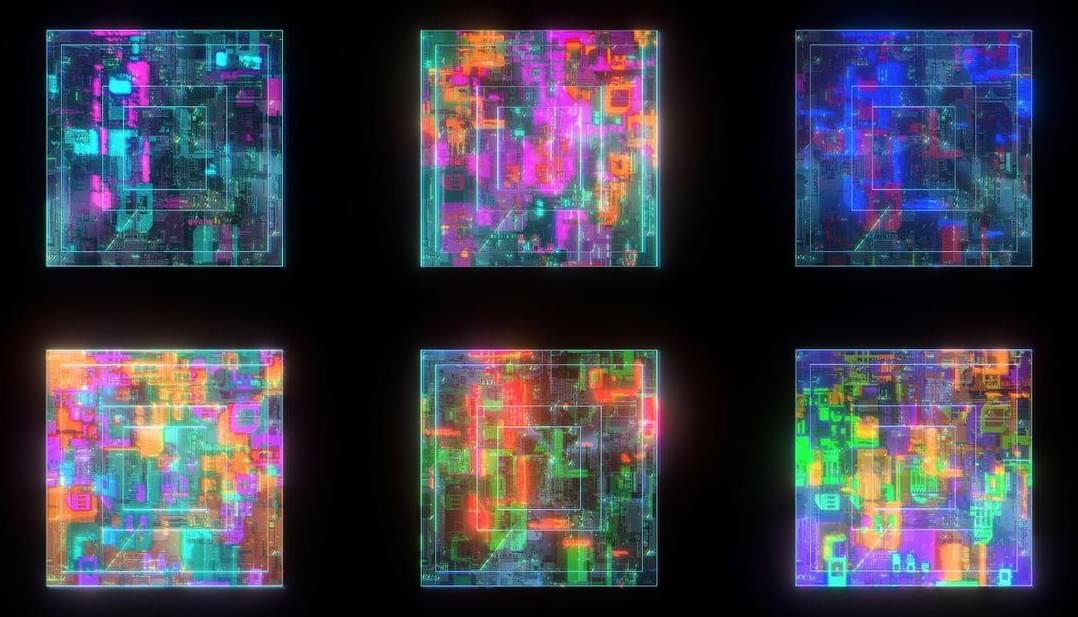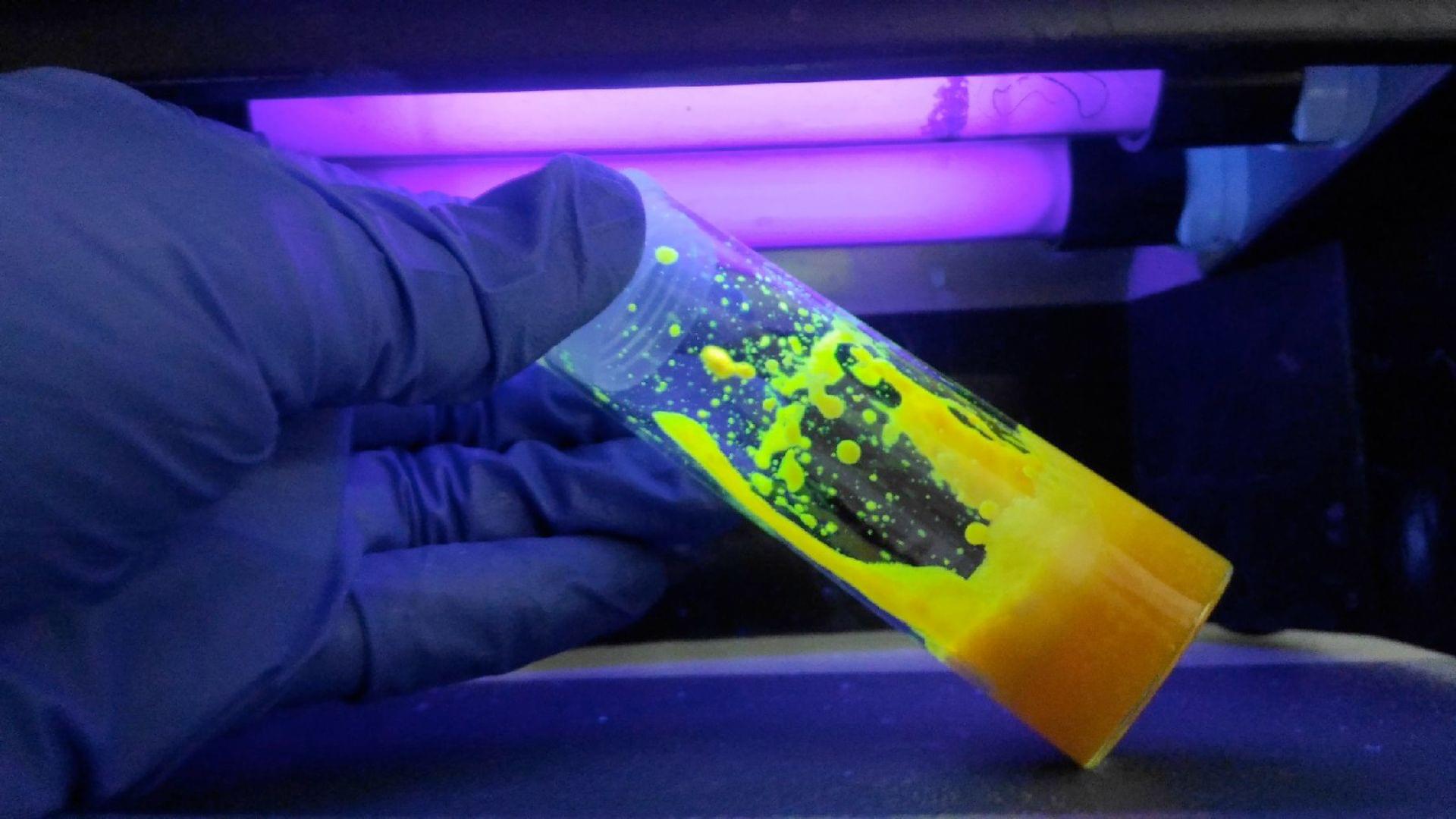What if the key to the universe was discovered over a century ago—and then forgotten?
In the late 19th century, a young math prodigy named William Clifford proposed a radical idea: that reality itself is woven from the same fabric as the mind. Long before Einstein, long before quantum theory, Clifford envisioned a world where matter, consciousness, and geometry are one.
His ideas were largely overlooked, seen as too speculative for the science of his time. Today, they look like the missing blueprint for a true Theory of Everything.
Is Clifford’s path one that science is only now catching up to?
Based on the original research by idb.kniganews “Clifford’s Path”
[ Subscribe ] and turn on notifications [ 🔔 ] so you don’t miss any videos.







